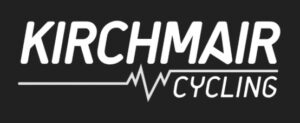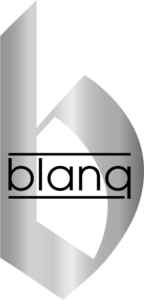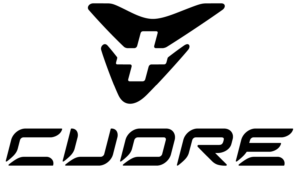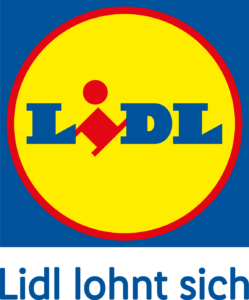The Gran Fondo of the 3RIDES Festival in Aachen leads through Germany, the Netherlands and Belgium. Insights & Training Tips. Text: Günter Jekubzik
I'm breathing hard, my heart rate is increasing - 175, 180 185 beats per minute. My speed: ten, nine, eight km/h. After a kilometer-long descent, we were suddenly standing,
felt, in front of a wall. The gradient: 20 percent. We are on the edge of the Kalltal, west of Aachen. We have covered just over 50 kilometers of the 3RIDES Gran Fondo - with another 150 to go. It's too early to be at the limit. But: This concerns only one of the two of us. Mich.

My companion begins to narrate in this situation. "The big challenge is to manage your pace well. It's important to hold back a little, especially at the beginning - and to find the right mix between going fast and going too fast. After all, what you lose at the beginning, you usually can't make up for at the end." This is a dress rehearsal: we are testing the new 200-kilometer route of a cycling marathon. Now, in winter. My companion is an endurance specialist: Michael Bitter has won the 24-hour race at "Rad am Ring" twice. In 2021, he won the 800-kilometer Race Across Germany with a final time of less than 27 hours. This is his home - these are his "house rounds".
The start of all bike marathons and rides of the 3RIDES Festival is located on the festival grounds - the CHIO grounds of the world famous show jumping tournament - in Aachen. It is on the "Dutch" side to the west, so we drive around the imperial city before heading south towards the Eifel. "The route is scenic, in that you take in the Eifel and the Rursee," says Michael Bitter. "For those who don't know the area yet, there are some very nice views. For example, when you look down on the Rursee from above. Of course, the course is a challenge - because of the distance and because of the many meters of altitude. For the long distance, you should already bring a good training level and pay attention to the catering."
Training & Nutrition
Already the first kilometers around Stolberg, the "gateway to the northern Eifel", show us: It is rarely flat on this route. The climbs are usually not long or steep - but the sheer number is challenging. During the ride, my companion gives me tips on how to prepare for a high altitude cycling marathon. He himself starts his training in winter with "relatively short" intervals. Ergo: sprint intervals and high-intensity interval training, or HIIT for short. "I sit on the reel a lot while doing that, but that's mostly work and family related," he says. "My training schedule can respond to last-minute changes, so you can do shorter sessions during the week and then go longer on the weekend."
Shortly after the Aachen suburbs, the first longer climb of the day awaits - about ten kilometers uphill. "The Jägerhausstraße is also part of my training area. Especially the trips towards the Eifel I use here for K3 training - these climbs are ideal to ride with a lot of power and a low cadence, because they are very even and not too steep. In addition, the road was also part of my 'Race Across Germany' route from Aachen in the west to Görlitz in the east, which I had already ridden a few times before." What follows: a steep descent into the Kalltal valley and then - a wall. A ramp with a gradient of up to 20 percent. She breaks my rhythm. It is so very different from the even gradients before. Eventually I'll be at the top. Stop. Breathe. Food.
"The nutrition question is an essential one for endurance athletes. The compatibility of the products is important. The only thing that often helps is to try them out. During five- to six-hour long sessions, I can feed myself quite easily with gels and bars. I've gotten into the habit of eating almost exclusively liquids during ultracycling events in order to put as little strain as possible on my digestive tract. That's when I turn to high-calorie drinks, which then provide a good mix of long and short-chain carbohydrates that I mix together appropriately beforehand." We look down on the Rursee from above and get something like an "alpine feeling": A longer serpentine descent leads us down to Woffelsbach. We drive for a while along the Rursee, which is speckled with white sails in summer. Today, however, you see almost no one here. We have the street almost to ourselves.
But the tourist character of the region is also clear to us in winter: small villages with family guesthouses, restaurants and cafes, serpentines like in the high mountains - that's what this Eifel region offers. At kilometer 70, the routing introduces an unintentional pun: The name "Hammer" is written on the town sign - and shortly thereafter a two-kilometer section with a gradient of more than ten percent begins. Over the High Fens we continue to the Walloon part of Belgium, the province of Liège. Between Surbrot and the Fischvenn we reach the highest point of the route, 604 meters above sea level. We are near the Signal de Botrange, the highest mountain in Belgium at 694 meters. Next. Departure. After that, the next "executioner" awaits: the Côte de la Ferme Libert. The climb used to be part of the route of the Liège-Bastogne-Liège spring classic. Past the Formula 1 circuit of Spa-Francorchamps, the route follows small paths - always undulating, uphill and downhill - through Hockai, Solwaster and past the La Gileppe reservoir near Jalhay.
Villages & altitude
The elevation profile in this section is reminiscent of a saw blade. But after the reservoir, it's mainly downhill. Shortly before Eupen we cross an invisible language border. The street signs are no longer in French, but in German. Soon after, in Wallonia, we drive through beautiful villages towards Henry-Chapelle and Hombourg. Before the Dutch part of the route starts at Sippenaeken, the bike restaurant "Le Soigneur" offers a last longer stop.
In the Netherlands, Milan van Wersch, who coordinates numerous road cycling events in Limburg, has curated this route. "To combine our charming hilly landscape in the south of the Netherlands in one route with the Belgian Ardennes is quite something," he says. His choice of route does not follow the classics like the Amstel Gold Race, which also takes place in this region, but smaller unknown roads. The route winds along narrow, undulating paths through the marl country, named after the soils and hills of limestone visible everywhere, called "marl" in Dutch. Behind the highest village of the Netherlands, the "Bergdorpje" Vijlen, we drive after 175 kilometers over a rustic green border ford back to Germany. And then straight back to the Netherlands. We are clearly in the tri-border area. Five kilometers after the border we reach our destination in Aachen again - after exactly 200 kilometers and 3200 meters of altitude. //





